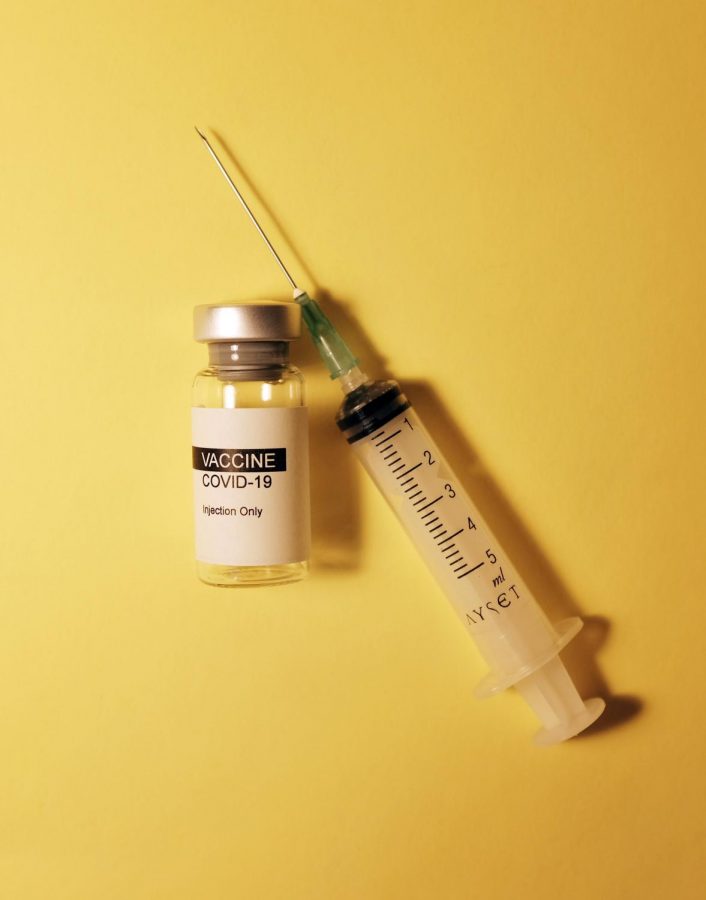The arrival of COVID-19 vaccines
March 5, 2021
The first COVID-19 vaccine, manufactured by Pfizer Inc. and BioNTech SE, in the United States was administered on December 14th, 2020, to a critical-care nurse at Long Island Jewish Medical Center in Queens.
Two different vaccines have currently been manufactured and administered so far, one made by Pfizer-BioNTech and the other by Moderna. AstraZeneca, Janssen, and Novavax also have COVID-19 vaccines that are currently in their Phase 3 clinical trial.
“The Moderna and Pfizer vaccines are very similar in structure and mechanism of action. In addition, so far both vaccines have been shown to be about 95% effective. Both require two doses, but for Pfizer they are 21 days apart, and for Moderna it is 28 days apart,” said medical student Zachary Warheit, who helps administer COVID-19 vaccines at Stony Brook University.
In January 2021, Johnson & Johnson also announced that the company is developing another vaccine that only requires one dose whereas many others such as the Moderna and Pfizer-BioNTech vaccines need two doses.
“Johnson & Johnson is still going through their [trial] phases and they found that their vaccine was 72% effective. But they were testing it with the strain that was specifically [found] in South Africa,” said New York State paramedic Lauren Stalzer.
The reported symptoms for both vaccines include soreness at the injection site, which is common for all vaccines, fatigue, malaise, and a possible fever. According to the CDC, pain, swelling, and redness in the arm in which you received the vaccine, as well as chills, headaches, and tiredness are common side effects to the Moderna and Pfizer vaccines.
“After I got the injection, I had to wait about fifteen minutes prior to leaving to make sure I did not have any sudden side effects. If I would have had anything abnormal in the questionnaire, I would have been able to speak with a physician who is working at the vaccination site to go over health conditions I had… Personally, I felt great after my first dose, but had a headache for about two days after the second dose,” said Warheit.
There are currently three administration phases of the COVID-19 vaccines that have begun. Phase 1a includes healthcare providers and those working in healthcare settings. Phase 1b includes first responders, other essential workers such as grocery store employees and educators, along with those over age 75. Phase 1c contains people between the ages of 65-74 and those 16-64 with medical conditions that increase the risk for severe COVID-19.
“I am receiving the vaccine to build my immunity and to help keep my family, friends, students, and coworkers safe,” said school psychologist Liana Avgeris, who was offered the vaccine.
The distribution of these vaccines has caused some controversies and debates to arise, with some people questioning the legitimacy of the COVID-19 vaccines and worrying that the vaccine may do more harm than good. On the other side, there are those who whole-heartedly support the vaccines and the receival of them.
“As long as you are eligible to receive the vaccine you should definitely get it as soon as possible. I know some people have expressed concern about how a vaccine could come out so quickly, but I just think it shows how successful and effective the science community can be when more resources and finances are put towards finding treatments,” said Warheit.🔳



